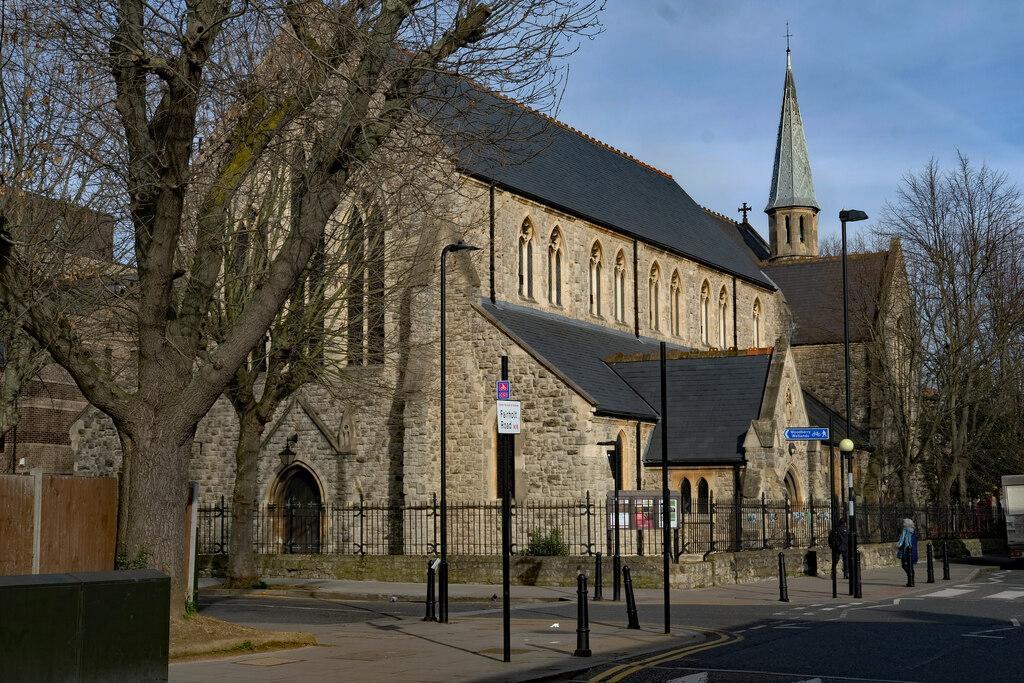St Thomas
London, Clapton Common, Greater London

Designed by Sir Arthur Blomfield, the prolific Victorian church architect, St Andrew’s is remarkable for its wall paintings which are generally in very good condition.
Stoke Newington, Greater London
Designed by the prolific ecclesiastical architect AW Blomfield, St Andrew’s was consecrated in 1884, a year after the foundation stone was laid. It quickly attracted a large congregation and in the 1890s the wardens had to appeal to gentlemen who rented pews for their families to indicate if they were going to be absent so their seats could be used for visitors.
From the beginning, the congregation undertook to decorate the church in accordance with the designs that Blomfield had provided along with his plans for the building. Accordingly, they raised money through individual donations and fundraising events such as concerts by the choir. Today, it is the murals and stained glass that make St Andrew’s one of the most remarkable churches in London. Few are so extensively decorated and even fewer benefit from the coherence of a unified design concept.
The exterior of the church, in Kentish rag with Bath stone dressings, is rather ordinary and does not draw attention to itself but the interior is richly painted with paintings along the north and south aisles, at the west end and in the chancel where there are also some paintings on wooden panels. Heaton, Butler and Bayne, the highly regarded Victorian and Edwardian church decorators, undertook all the work and Alexander Higerty, a member of their staff, painted all the murals in the aisles and baptistery and at least some in the chancel too.
A World War II bomb fell on the south side of the church, destroying the clerestorey windows and the lancet windows in the nave on that side. Scavenged glass was used to frame the replacement clear glass windows. Poignantly, the dedications of the lancet windows remain visible on the stonework below. The large east window was also lost to war time damage and has been replaced by one of the last to be designed by the notable Scottish stained glass artist, William Wilson.
London, Clapton Common, Greater London
Stoke Newington, Greater London
A place of tranquillity and beauty.
Finsbury Park, Greater London